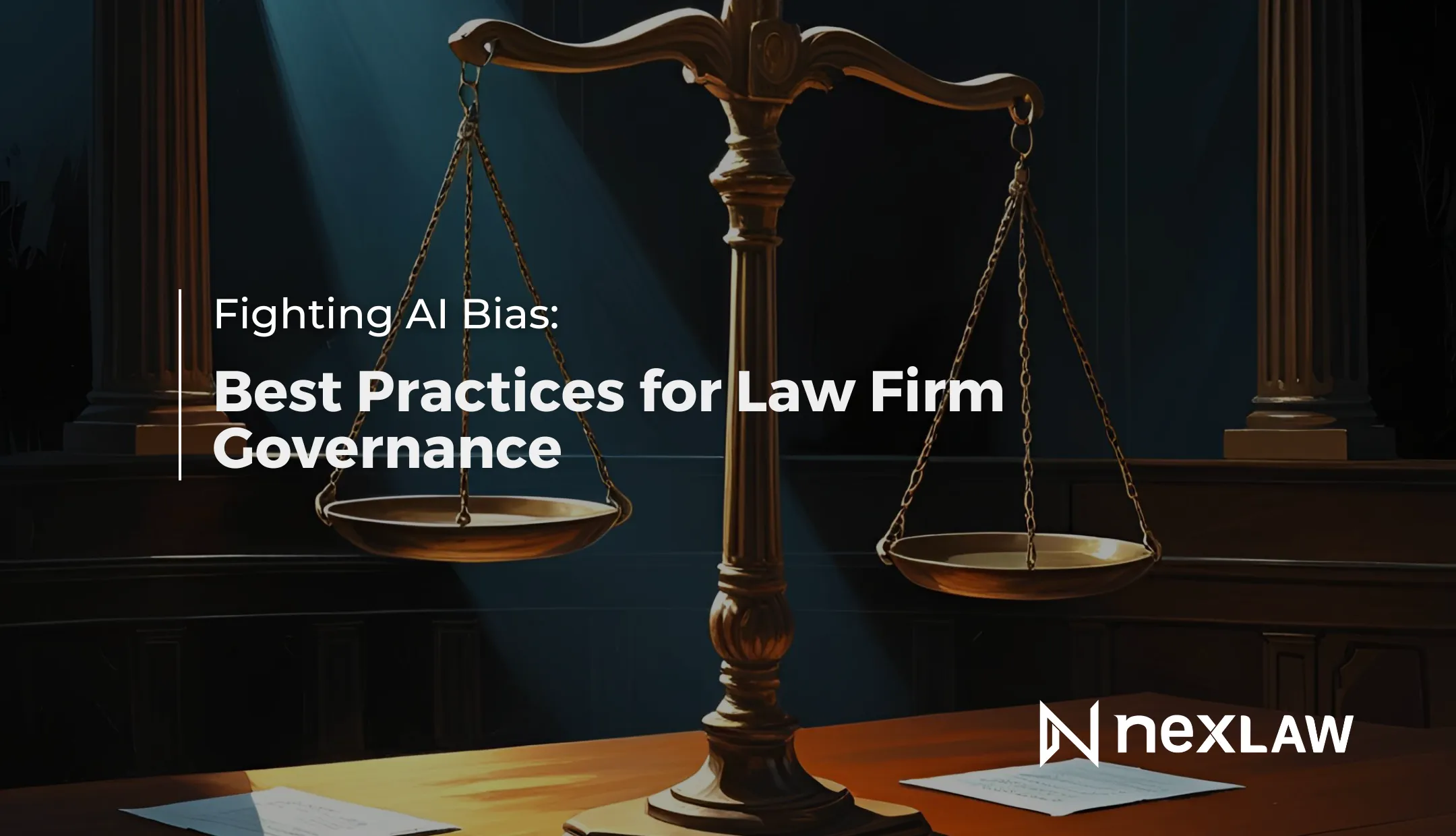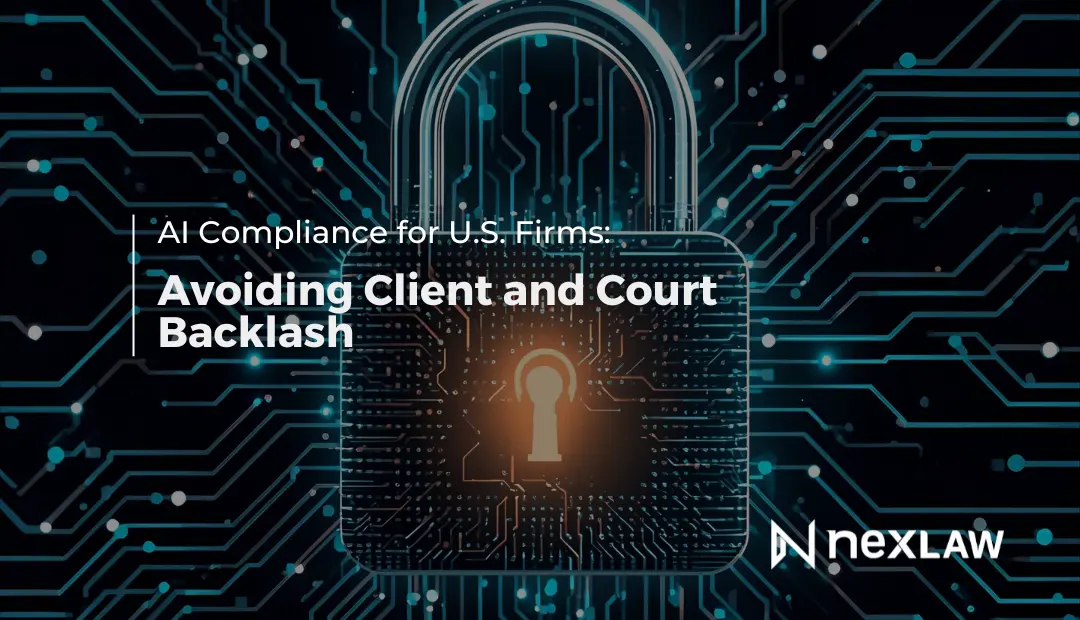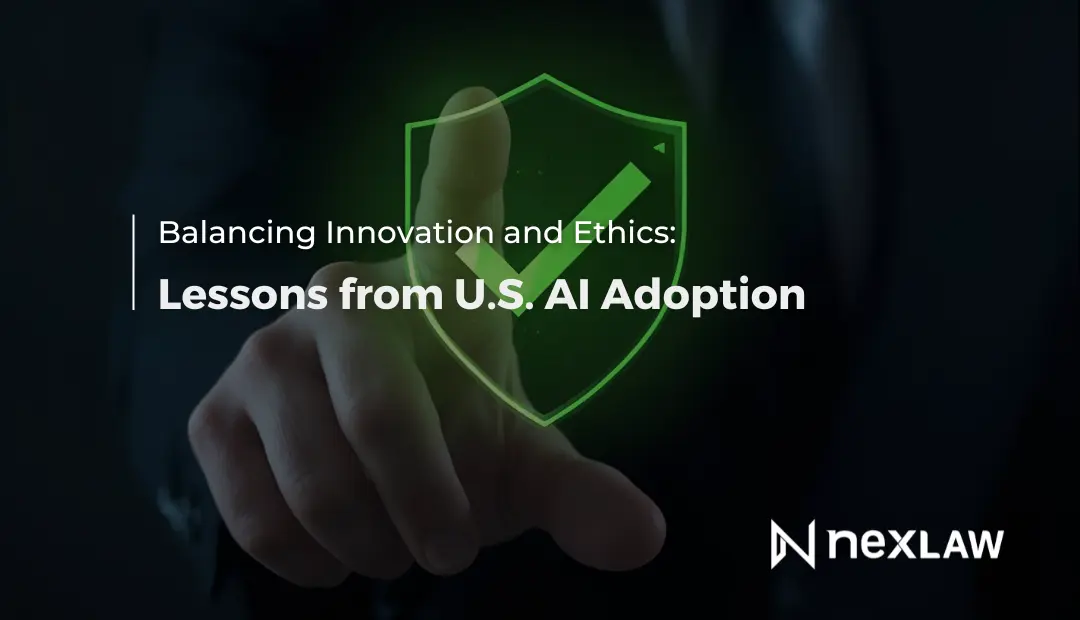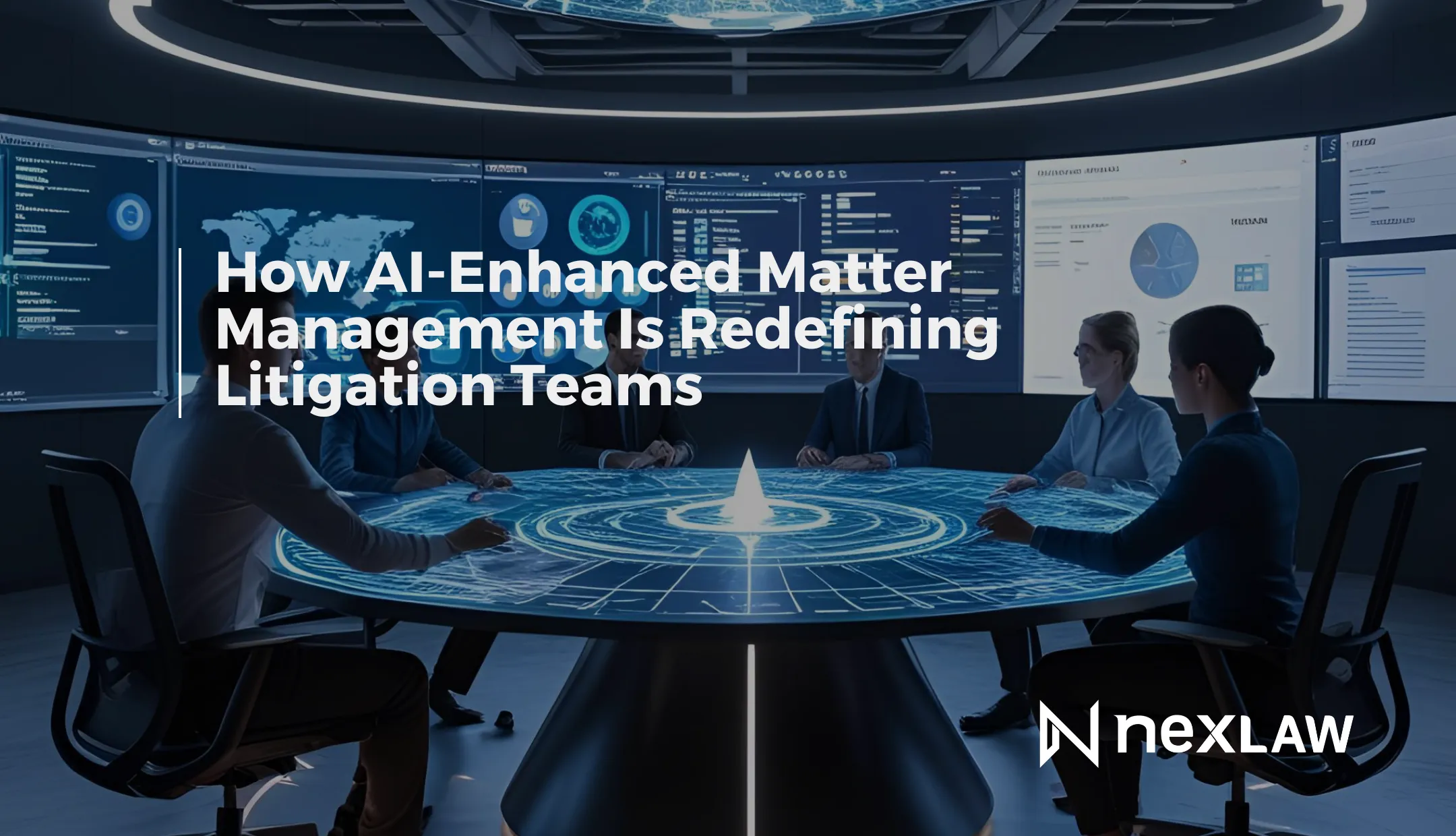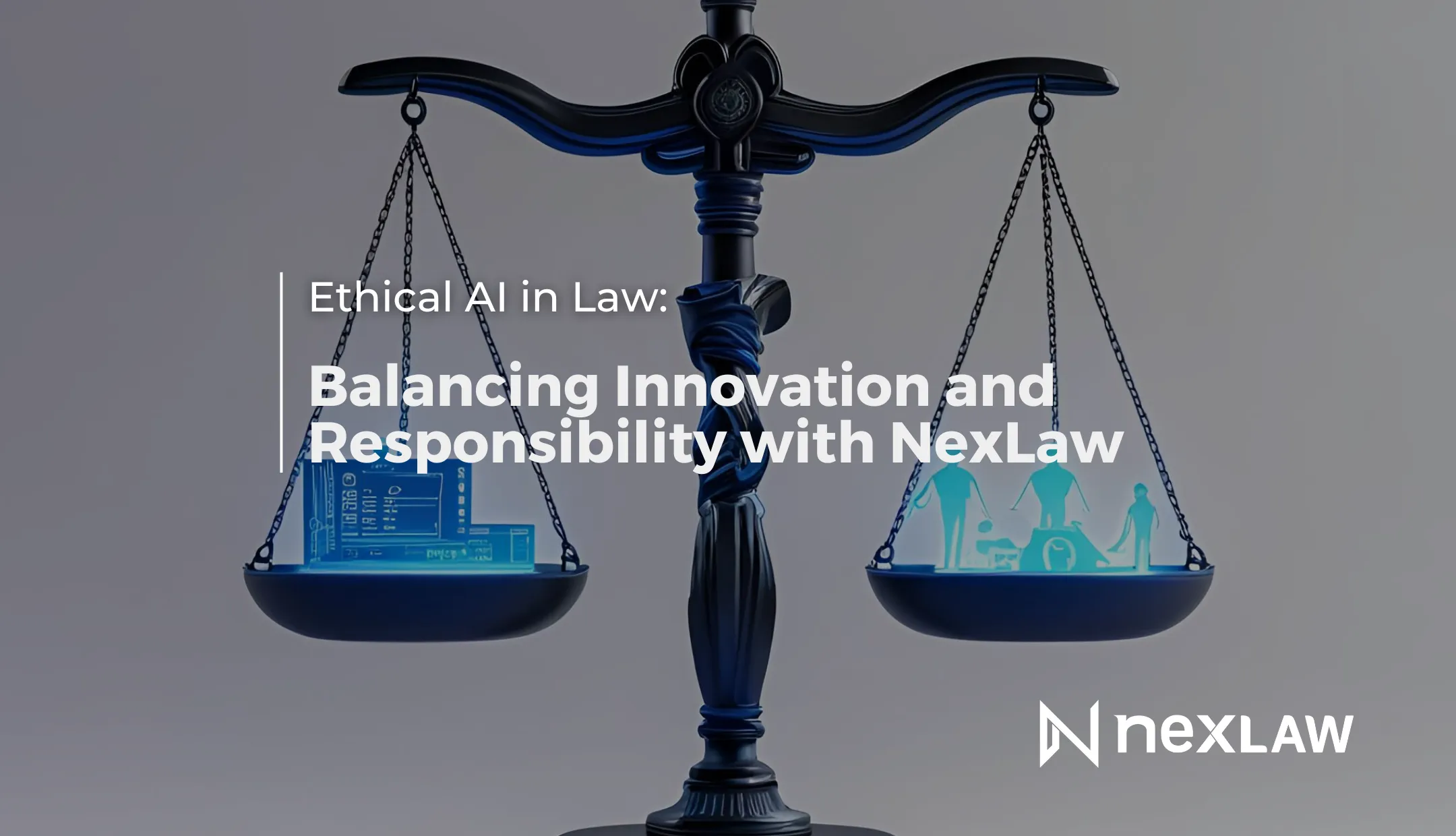Fighting AI Bias: Best Practices for Law Firm Governance
AI bias emerged as a critical governance challenge in 2025 when the SRA’s approval of the first AI-driven law firm established that regulatory bodies expect comprehensive bias mitigation as a condition of AI-powered legal service delivery. Recent expert analysis warns that “as legal AI systems learn from historical data, they risk perpetuating existing biases in the legal system,” making bias prevention essential for professional responsibility compliance.
Unlock Legal Insights Instantly!
Legal Futures research reveals that “AI-induced gaps in associates’ knowledge and skill bases will emerge,” requiring firms to address algorithmic fairness alongside technical capabilities.
Understanding AI Bias Sources in Legal Practice
Historical Data and Algorithmic Challenges
Bloomberg Law research from April 2025 highlights that “AI-powered case law research tools help lawyers find leading case law,” but without bias mitigation, these tools may systematically exclude precedents that could benefit underrepresented parties.
Primary bias sources:
- Historical case data: Past judicial decisions reflecting societal biases in sentencing and rulings
- Training dataset limitations: Underrepresentation of certain demographics or case types
- Algorithmic design choices: Technical decisions that inadvertently favor certain outcomes
- Input data quality: Incomplete or skewed information feeding AI analysis systems
Real-World Impact on Legal Outcomes
Skills survey data from 100 major law firms reveals that “some firms have stopped using tools citing cost concerns and lack of ROI,” suggesting bias-related failures may contribute to AI tool abandonment rates.
Bias manifestations affecting cases:
- Predictive analytics skewing sentencing recommendations for certain demographic groups
- Discovery bias missing relevant evidence due to language or cultural patterns
- Settlement recommendations varying based on client characteristics
- Resource allocation decisions reflecting historical firm hiring biases
Regulatory Framework and Professional Responsibility
State Bar Ethics Requirements
With 16 state bars addressing AI and legal ethics, bias prevention has become a professional responsibility requirement. All nine ethics opinions issued emphasize lawyers’ supervisory duties, with several specifically addressing bias detection obligations.
Professional responsibility requirements:
- Competent AI supervision: Understanding and monitoring AI systems for bias indicators
- Client protection duties: Ensuring AI tools don’t disadvantage clients based on protected characteristics
- Due diligence obligations: Regular assessment of AI system fairness and accuracy
- Disclosure requirements: Transparent communication about AI bias risks and mitigation efforts
Regulatory Compliance Standards
The SRA’s approval of Garfield.Law included specific safeguards ensuring “the system will not be able to propose relevant case law, which is a high-risk area for large language model machine learning,” establishing regulatory expectations for bias prevention.
Implementation Strategies for Bias Prevention
Technical Detection and Mitigation
The Sawaryn & Partners implementation demonstrates how firms can deploy AI systems with “complete data security” while maintaining bias detection capabilities through monitoring protocols.
Technical approaches:
- Diverse training datasets: Ensuring AI systems learn from representative legal precedents
- Algorithmic auditing: Regular technical assessment of AI decision-making patterns
- Bias testing protocols: Systematic evaluation of AI outputs across demographic groups
- Corrective algorithm implementation: Technical adjustments to address identified bias patterns
Organizational Governance Structures
Legal expert Andrew Lloyd from Search Acumen notes that “AI prompt engineering and tool usage will become key features of roles,” requiring organizational structures that embed bias prevention in daily workflows.
Governance strategies:
- Cross-functional bias committees combining legal, technical, and diversity expertise
- Regular bias assessment schedules for systematic AI system review
- Client feedback integration for identifying bias concerns
- Professional development programs training attorneys on bias recognition
Quality Assurance and Monitoring
Systematic Detection Methods
Expert predictions indicate that “law firms will differentiate themselves through data in retrieval-augmented generation systems,” making bias detection crucial for competitive advantage and ethical compliance.
Detection components:
- Statistical analysis: Quantitative assessment of AI recommendations across demographic groups
- Outcome tracking: Monitoring case results to identify bias patterns
- Client satisfaction surveys: Systematic feedback collection regarding fairness perceptions
- Peer review processes: Human oversight focused on bias identification
Documentation and Accountability
As Legal Futures predicts “firms will start trialling new pricing models” based on AI efficiency, bias prevention documentation becomes essential for demonstrating value and maintaining client trust.
Accountability elements:
- Bias incident reporting with systematic documentation of issues and corrective actions
- Training record maintenance for bias prevention competency development
- Client communication protocols with transparent disclosure of mitigation efforts
- Regular assessment reporting of bias prevention program effectiveness
Strategic Advantages and Risk Mitigation
Competitive Benefits
Expert analysis suggests “law firms begin to adopt product-focused mindsets, moving beyond traditional services” as AI enables new value creation. Bias prevention becomes a key differentiator in this competitive landscape.
Strategic advantages:
- Enhanced client confidence through demonstrated commitment to fair representation
- Regulatory compliance leadership with proactive professional responsibility approach
- Superior case outcomes through unbiased AI analysis
- Market positioning as technology leader with ethical AI implementation
Long-term Protection
David W. Opderbeck from Seton Hall University predicts bias-related issues will drive “renewed focus on in-person associate mentoring and training,” suggesting firms must prepare for increased scrutiny.
Risk mitigation benefits:
- Professional liability protection with reduced bias-related malpractice exposure
- Regulatory compliance assurance through proactive adherence to evolving standards
- Client relationship preservation by preventing reputation-damaging bias incidents
- Operational continuity with sustainable AI implementation
Measuring Prevention Effectiveness
Bloomberg Law emphasizes that “lawyers have a duty to train and supervise nonlawyers who assist them, and this duty also applies to AI assistance,” requiring measurable bias prevention indicators.
Essential metrics:
- Demographic outcome analysis across client groups
- Bias incident frequency tracking and trending
- Client satisfaction equality across demographic groups
- Professional development compliance with training completion rates
Secure Your Practice with Comprehensive Bias Prevention
Bias in AI isn’t just a technical flaw it’s a professional risk. Law firms must lead with fairness, transparency, and ethical responsibility when implementing AI.
NexLaw AI embeds bias prevention into every layer of the platform, including:
- NeXa AI Assistant Features bias detection tools that flag disparities in case treatment, language patterns, and predictive models across demographic groups.
- TrialPrep Integrates fairness checks into trial strategy development to avoid reinforcing bias during witness prep, jury selection, or litigation framing.
- ChronoVault Analyzes past case outcomes to uncover systemic trends and enable firm-wide bias audits by case type, jurisdiction, or client profile.
Protect your clients, your firm, and your professional reputation by deploying AI responsibly.
Book a Demo – See how NexLaw helps ensure fairness in AI-assisted litigation
Explore Plans – Includes a free 3-day trial to test NexLaw’s ethical AI tools
GET 15% OFF for annual plans using promo code: ANNIV15MONTHLY or ANNIV15ANNUALY
*t&c applied | visit our website for more details
